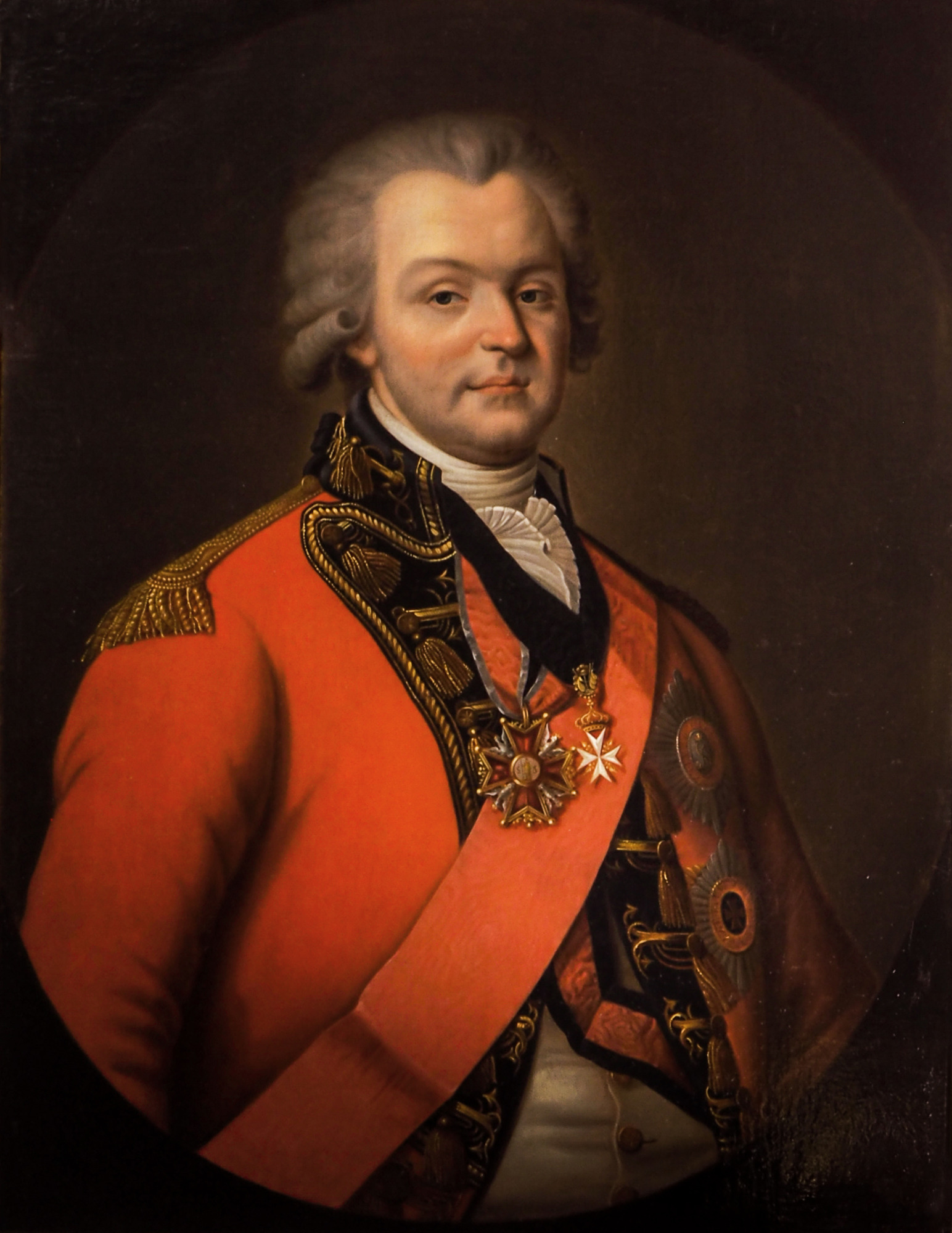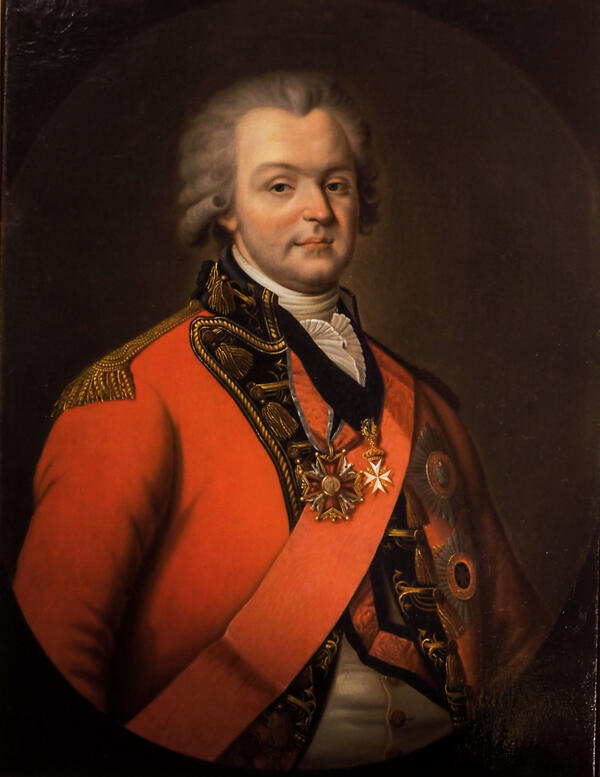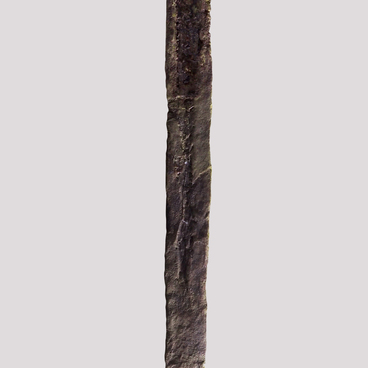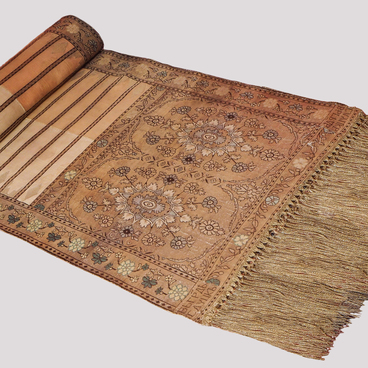Vasily Vasilievich Engelhardt was a general, privy councilor, senator, nephew of His Serene Highness Prince Potemkin-Tavrichesky. Engelhardt entered military service, commanded the Belarusian hussar regiment in 1778, and rose to the rank of lieutenant general. In 1797 he was appointed a senator and promoted to privy councilor. He retired in 1800. After the death of Prince Potemkin, Engelhardt received most of his inheritance, including the estate of Chizhevo in Dukhovshchinsky district of Smolensk province. Grigory Alexandrovich Potemkin and Vasily Vasilyevich Engelhardt were born on this estate.
In 1791, in the family estate of Chizhevo, Engelhardt built a stone church in the name of the Protection of the Most Holy Mother of God instead of the old wooden one. The building was created in classicism style. Under the altar of the church was the Engelhardt family tomb, where Vasily Vasilyevich was buried.
Engelhardt was touted as a good landlord and landowner always responsive to the needs of his peasants, who at the same time severely punished them for theft and drunkenness. Contemporaries described Engelhardt as a noble and stout man. This is how he appears in the portrait of an unknown artist, painted immediately after his retirement. Engelhardt’s portrait was painted in the style of a half-length ceremonial portrait, traditional for the end of the 18th century. Vasily Vasilyevich is depicted in a bright red uniform and a wig. Engelhardt’s uniform is decorated with the Order of St. John of Jerusalem, as well as the Order of St. Alexander Nevsky.
On the back of the canvas there is an inscription enclosed in an exquisite ornamental cartouche: ‘September 2 1800, Privy Councilor, Senator, Knight of the Russian Orders of St. Alexander Nevsky, Holy Equal-to-the-Apostles Prince Vladimir of 1st Degree, Commander of the Sovereign Order of St. John of Jerusalem and St. Stanislaus of Poland, Vasily Vasilievich Engelhardt. Created when He was 43 years old’. This portrait was first shown to the Russian public at the exhibition of a historical portrait in 1905 at the Tauride Palace in St. Petersburg. According to experts, Engelhardt’s portrait was a magnificent example of Russian portrait painting of the late 18th — early 19th centuries.
In 1791, in the family estate of Chizhevo, Engelhardt built a stone church in the name of the Protection of the Most Holy Mother of God instead of the old wooden one. The building was created in classicism style. Under the altar of the church was the Engelhardt family tomb, where Vasily Vasilyevich was buried.
Engelhardt was touted as a good landlord and landowner always responsive to the needs of his peasants, who at the same time severely punished them for theft and drunkenness. Contemporaries described Engelhardt as a noble and stout man. This is how he appears in the portrait of an unknown artist, painted immediately after his retirement. Engelhardt’s portrait was painted in the style of a half-length ceremonial portrait, traditional for the end of the 18th century. Vasily Vasilyevich is depicted in a bright red uniform and a wig. Engelhardt’s uniform is decorated with the Order of St. John of Jerusalem, as well as the Order of St. Alexander Nevsky.
On the back of the canvas there is an inscription enclosed in an exquisite ornamental cartouche: ‘September 2 1800, Privy Councilor, Senator, Knight of the Russian Orders of St. Alexander Nevsky, Holy Equal-to-the-Apostles Prince Vladimir of 1st Degree, Commander of the Sovereign Order of St. John of Jerusalem and St. Stanislaus of Poland, Vasily Vasilievich Engelhardt. Created when He was 43 years old’. This portrait was first shown to the Russian public at the exhibition of a historical portrait in 1905 at the Tauride Palace in St. Petersburg. According to experts, Engelhardt’s portrait was a magnificent example of Russian portrait painting of the late 18th — early 19th centuries.



